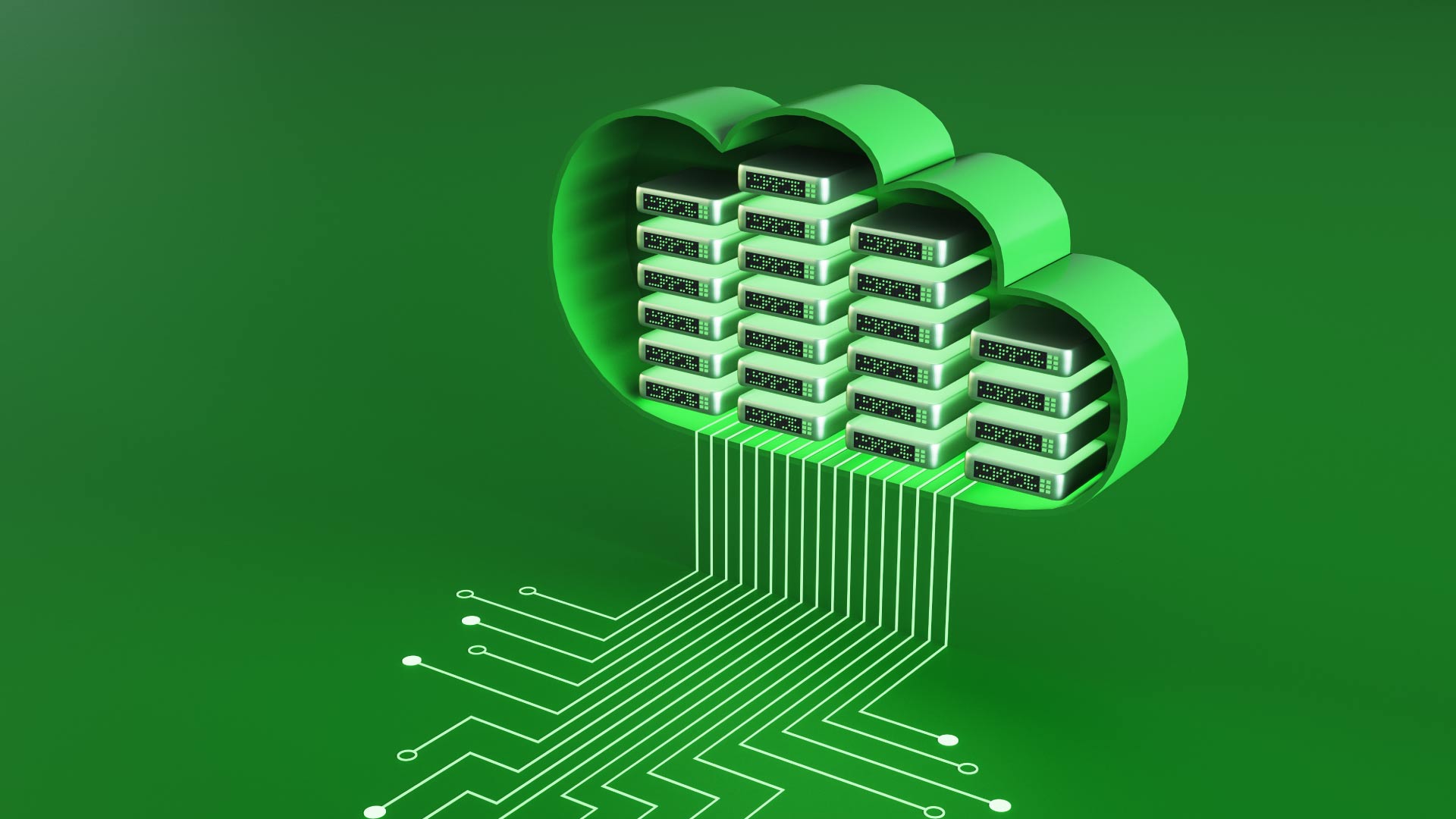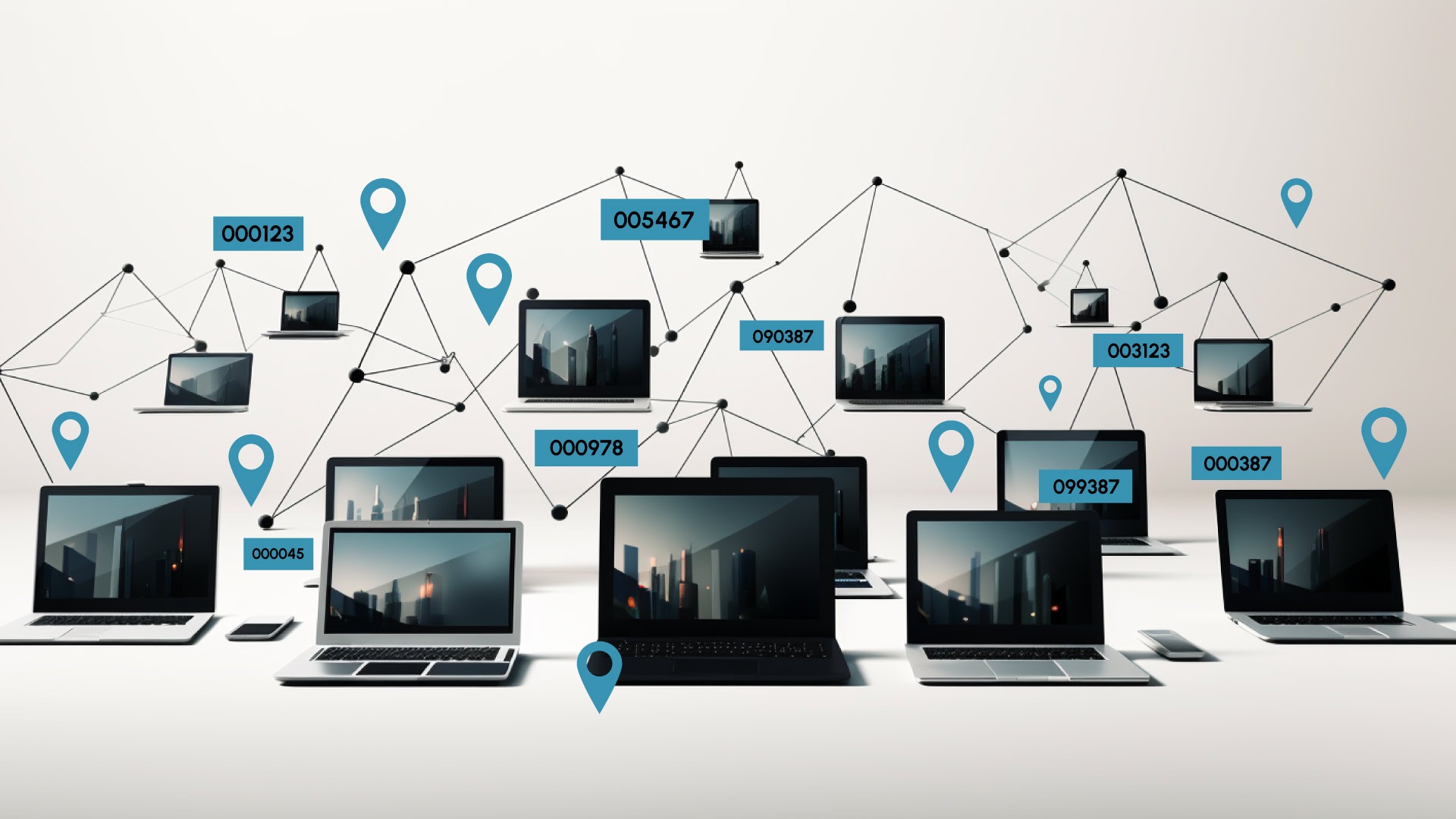Data centres use some serious amounts of power. With growing numbers of cloud users, more servers and more data comes soaring rates of energy consumption, equalling over 1% of global energy use, and rising! The UN has recently set environmental expectations for all data centres to become carbon neutral and reach net zero by as soon as 2030.
So, how do data centres achieve these looming environmental goals and combat wasted energy usage and rapidly expanding operating costs? It’s not a simple task but starts with an in-depth analysis of energy efficiency through the monitoring of metrics such as Power Usage Effectiveness (PUE) and Data Centre Infrastructure Efficiency (DCiE).
How can PUE help in the mammoth task of achieving data centre energy efficiency? Can it be used as a stand-alone measure? Or is more sophisticated DCIM asset management software required to be used in conjunction with PUE?

Table of Contents
ToggleWhat is PUE and How is it Calculated?
Let’s start with the basics – what is PUE? It’s in the name, Power Usage Effectiveness, but in real terms, PUE is a measurement of exactly how much energy a data centre uses which is used to identify and quantify the data centre’s efficiency.
Created in 2006 by the Green Grid, PUE is said to set the standard and be just the tool all data centres need to fight climate change – a benchmark to use in the analysis of power usage.
But, does PUE always give the whole story? Not necessarily. PUE can be useful but can also actually be a pretty crude measurement tool, especially if a data centre is using outdated equipment. It’s become clear in recent years that PUE alone is not quite enough to achieve the full picture.
However, when you combine PUE with an effective next-generation DCIM software, you start changing the game. This allows you to increase visibility across all areas to truly compare efficiency and optimisation of energy being consumed, allowing you to compute output that is actually in use.
In order to calculate PUE, we need to know the total facility power, which includes hardware, cooling systems, lighting systems etc, and the amount of power IT equipment uses, such as storage and networking equipment.
The formula to then calculate PUE is the total facility power divided by IT equipment energy. These metrics should be measured at different times of day and on different days to account for variable energy costs.
Uptime Institute found the average PUE for data centres to be 1.59. Using this benchmark, data centres are meant to be able to accurately assess the impact of any changes made to improve efficiency.
To effectively (and accurately!) measure and monitor energy efficiency, allowing visualisation of underutilised servers and power hoarding hardware, next-gen DCIM needs to be implemented.

What are the Net-Zero Targets for Data Centres?
As we know, data centres consume huge amounts of energy, globally reaching nearly 2% of the world’s electricity usage. (Read our blog to learn more on the environmental impact of data centres.) Since the UN-backed campaign to reach net-zero carbon emissions was announced, countries around the world are pledging to become carbon neutral. And at the same time, environmental regulations are evolving to coincide. The data centre industry is committed to become climate neutral by 2030.
While huge progress has been made in developing, operating and improving data centres, there is still a long way to go, with sustainability being the main challenge for small data centres up to hyperscale data centres.
Specifically, the Climate Neutral Data Centre Pacts requires data centres to increase and measure energy efficiency. For European operators, high standards for energy efficiency, demonstrated through PUE targets, have been set at 1.3 for new data centres running at full capacity in cool climates by 2025, and 1.4 in warm climates. Existing data centres have until 2030 to achieve these goals.
Read more in our blog on why all data centres require environmental monitoring.

How Do Data Centres Lower Their PUE and Achieve Environmental Goals?
Lowering your PUE score will improve your data centre’s efficiency, resulting in less energy waste and a more positive impact on the environment.
With net-zero targets on all data centre managers’ mind’s, the ability to measure live metrics such as PUE and DCiE to monitor energy consumption and efficiency allows informed decisions to be made on upgrades and decommissions.
Optimising a data centre isn’t as easy as it sounds though. For many organisations, using PUE alone is not enough to provide a clear picture. Complete visibility of all assets, all of the time, is always needed.

The Impact of DCIM on Lowering PUE Scores
Once combined with DCIM software, PUE becomes a different beast. Implementing an effective DCIM software that suits your business and works with your current systems can make a substantial impact on lowering PUE.
By centralising all your operational information, DCIM immediately gives a more accurate overview across your entire organisation and allows businesses to identify which areas need optimising and determine functional improvements that can be made. Data centres are able to monitor network performance and measure energy usage across all data centre assets.
Combined, DCIM and PUE can help shape future plans and energy efficiencies across your whole enterprise.
When it comes to making energy savings and meeting net zero targets, smart DCIM software that manages and optimises energy consumption offers live data that provides an accurate insight into power utilisation and where it is being consumed.
Whether it’s through more efficient mapping, capacity planning or identifying those servers which are underperforming or obsolete, but still consuming energy, next-generation DCIM software is fast becoming the key to lowering PUE scores.

Reduce Energy Wastage by up to 30%
Whether your data centre is looking to future-proof operations or enhance potential capacity, DCIM can provide stability in an environment that feels constantly changing. When you’re constantly battling the need for increased efficiency and cost-effectiveness with meeting environmental responsibilities, any move towards a tangible result is welcome.
With DCIM, data centres can easily monitor their energy consumption across entire infrastructures, with a hawk’s eye vision of underutilised and obsolete servers that are overconsuming energy and ineffective cooling systems, resulting in that holy grail of lowered PUE and efficient and optimised data centres. It can happen!
Real-time thermal optimisation and capacity management integrated into one single intuitive platform could also reduce energy wastage by up to 30%. DCIM can seek out the source of wasted energy and offer smart alternatives, while allowing data centres to set data standards, track sustainability and measure global impact.
With the bonus of resulting lower energy costs with lower PUE, data centres can also offer more competitive pricing. You can’t rely on PUE as a stand-alone measure to achieve net-zero but, integrated with DCIM, the opportunity to fulfil environmental targets is within easy reach.
To find out more, try our latest guide How You Can Improve Your Data Centre Power and Energy Efficiency or contact us for a free demo.




